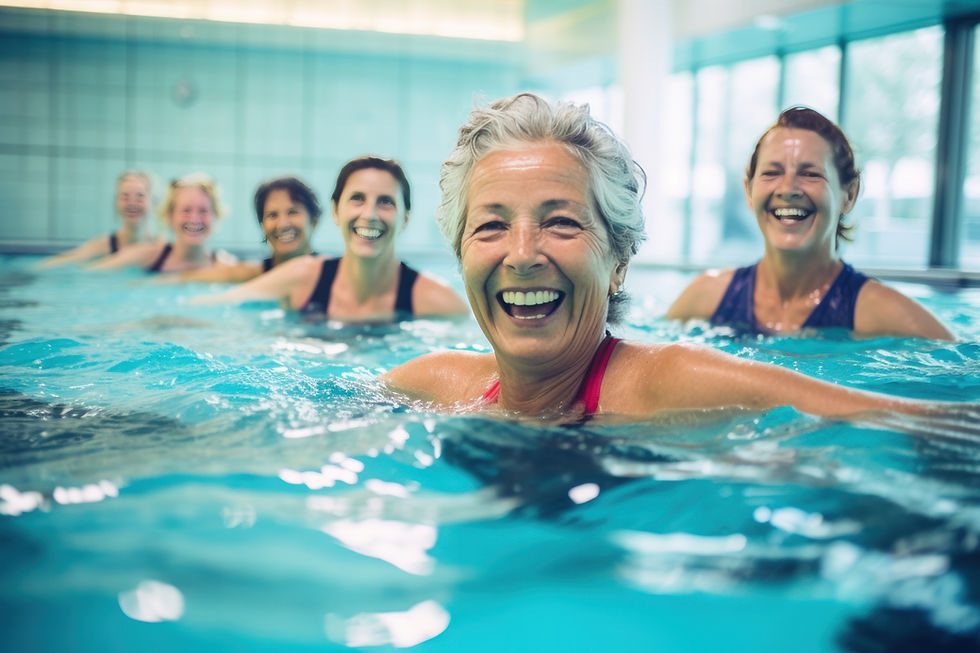Staying Mobile After 50: How to Reduce Joint Pain and Keep Moving
- Jeff Floyd, DC

- 5 days ago
- 2 min read

As we age, joint pain and stiffness can start to feel like daily companions—but they don’t have to be. The good news? There are practical, science-backed strategies to ease discomfort and protect your mobility so you can stay active and independent well into your later years.
1. Move More (Gently and Often) - One of the biggest myths about joint pain is that you should rest more. In reality, consistent movement is one of the best things you can do for your joints. Low-impact activities like walking, swimming, water walking, cycling, and yoga help lubricate joints, strengthen surrounding muscles, and maintain range of motion. Aim for at least 30 minutes of moderate movement most days.
2. Strength Training for Joint Support - Building muscle takes pressure off your joints. Focus on resistance exercises 2–3 times per week—bodyweight squats, resistance bands, and light weights are all effective and safe. Strengthening the hips, knees, and core improves balance and reduces fall risk too.
3. Anti-Inflammatory Nutrition - What you eat directly affects how your joints feel. Prioritize foods rich in omega-3 fatty acids (like salmon, flaxseeds, and walnuts), antioxidants (berries, leafy greens), and spices like turmeric and ginger. Reducing processed foods, sugar, and inflammatory seed oils can make a noticeable difference.
4. Stay Hydrated and Maintain a Healthy Weight - Even mild dehydration can reduce joint lubrication, while excess body weight places more stress on load-bearing joints like the knees and hips. Drinking enough water and maintaining a healthy weight can greatly reduce joint pain and slow cartilage breakdown.
5. Targeted Supplements May Help - For some, supplements can provide added relief. Glucosamine, chondroitin, omega-3s, curcumin, and collagen peptides have shown benefits in clinical studies. Always consult with your healthcare provider before adding new supplements to your routine.
6. Don't Ignore Persistent Pain - If joint pain lingers or worsens, talk to your doctor. Imaging or referral to a specialist may be needed. Physical therapy, PRP injections, or other treatments may provide relief and prevent long-term damage.
Bottom Line - Joint pain isn’t inevitable with age. With the right movement, nutrition, and support, you can maintain your independence, flexibility, and zest for life well into your later decades.





Comments